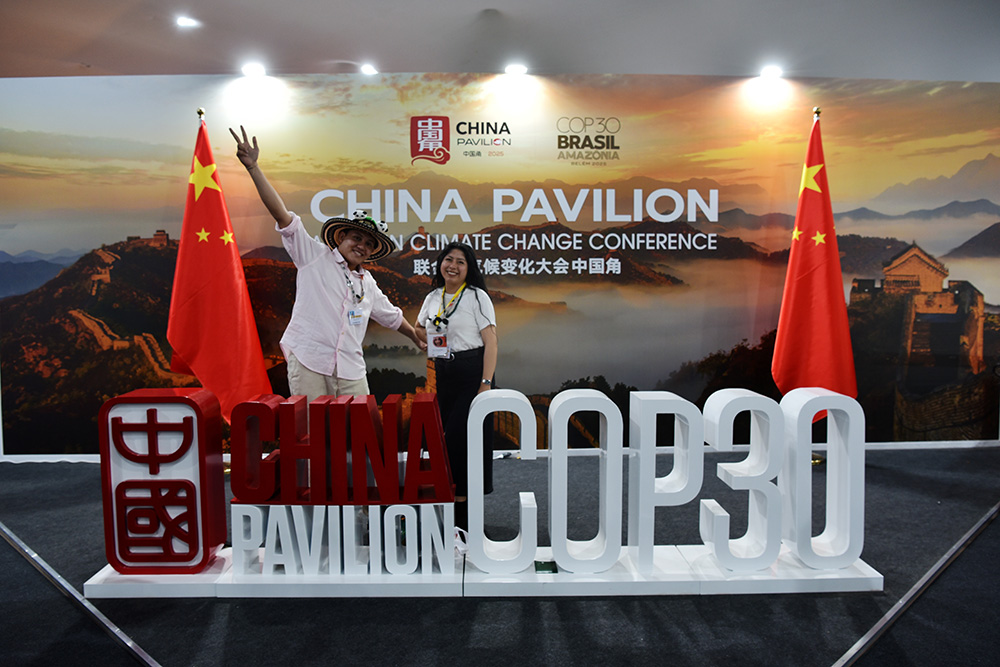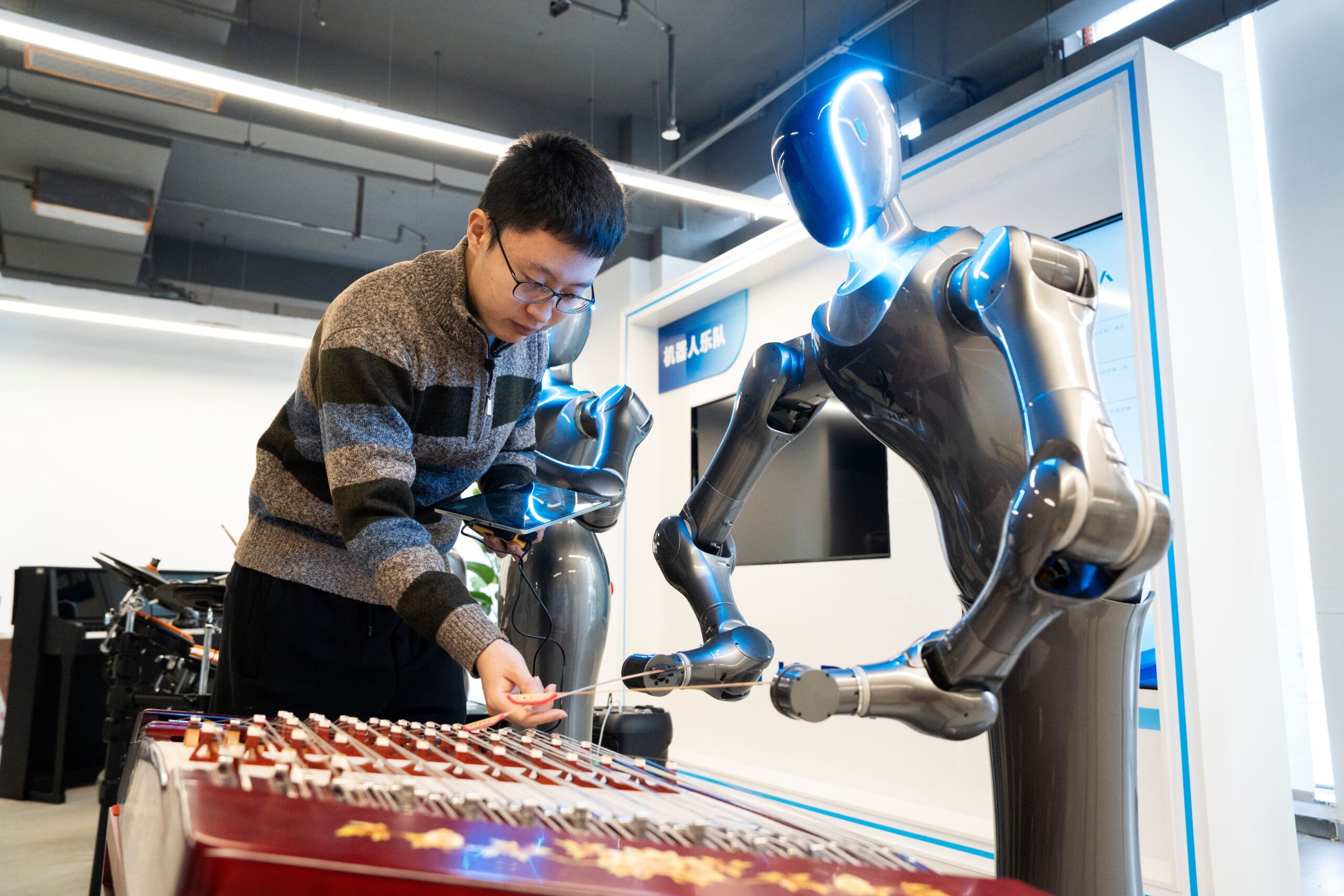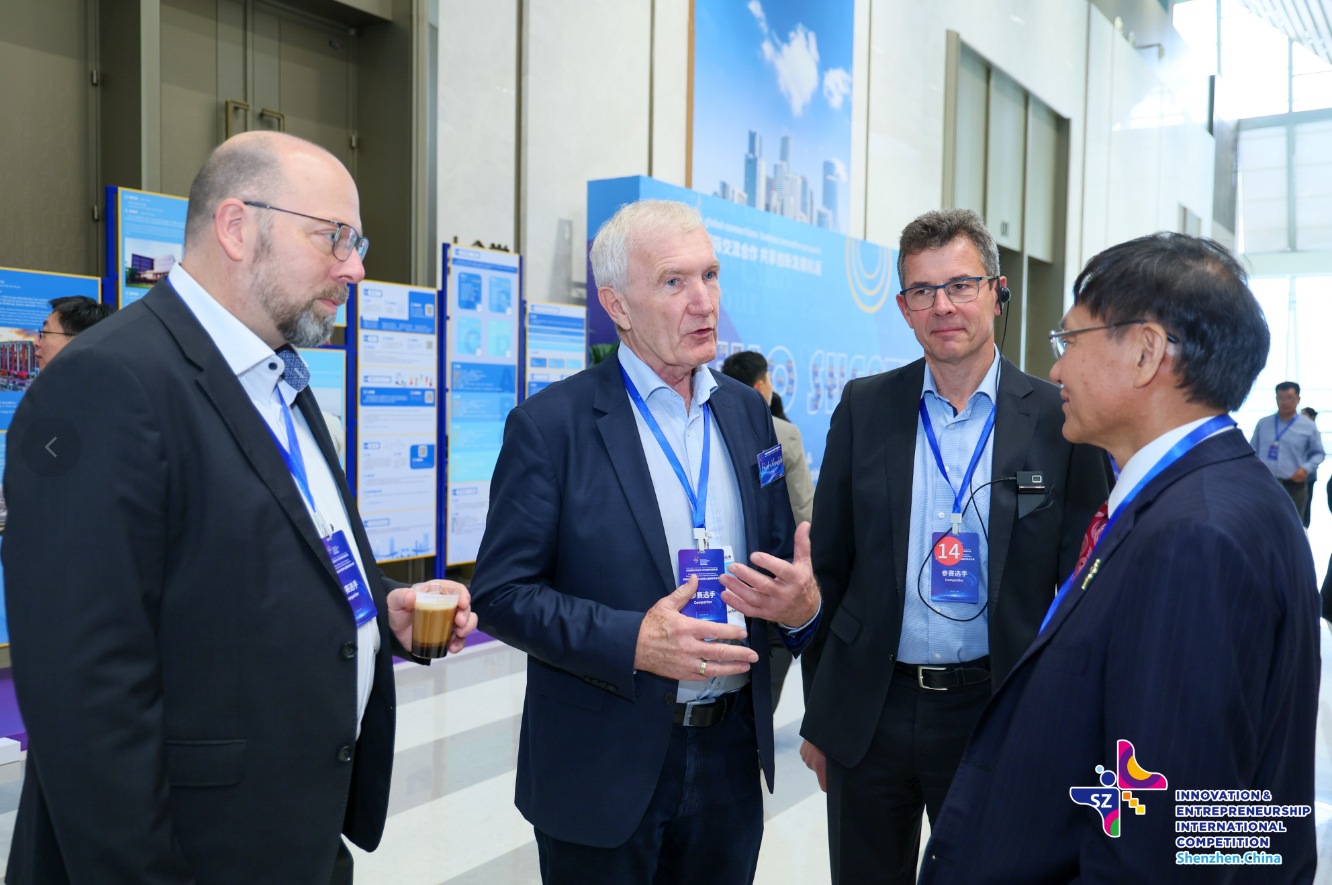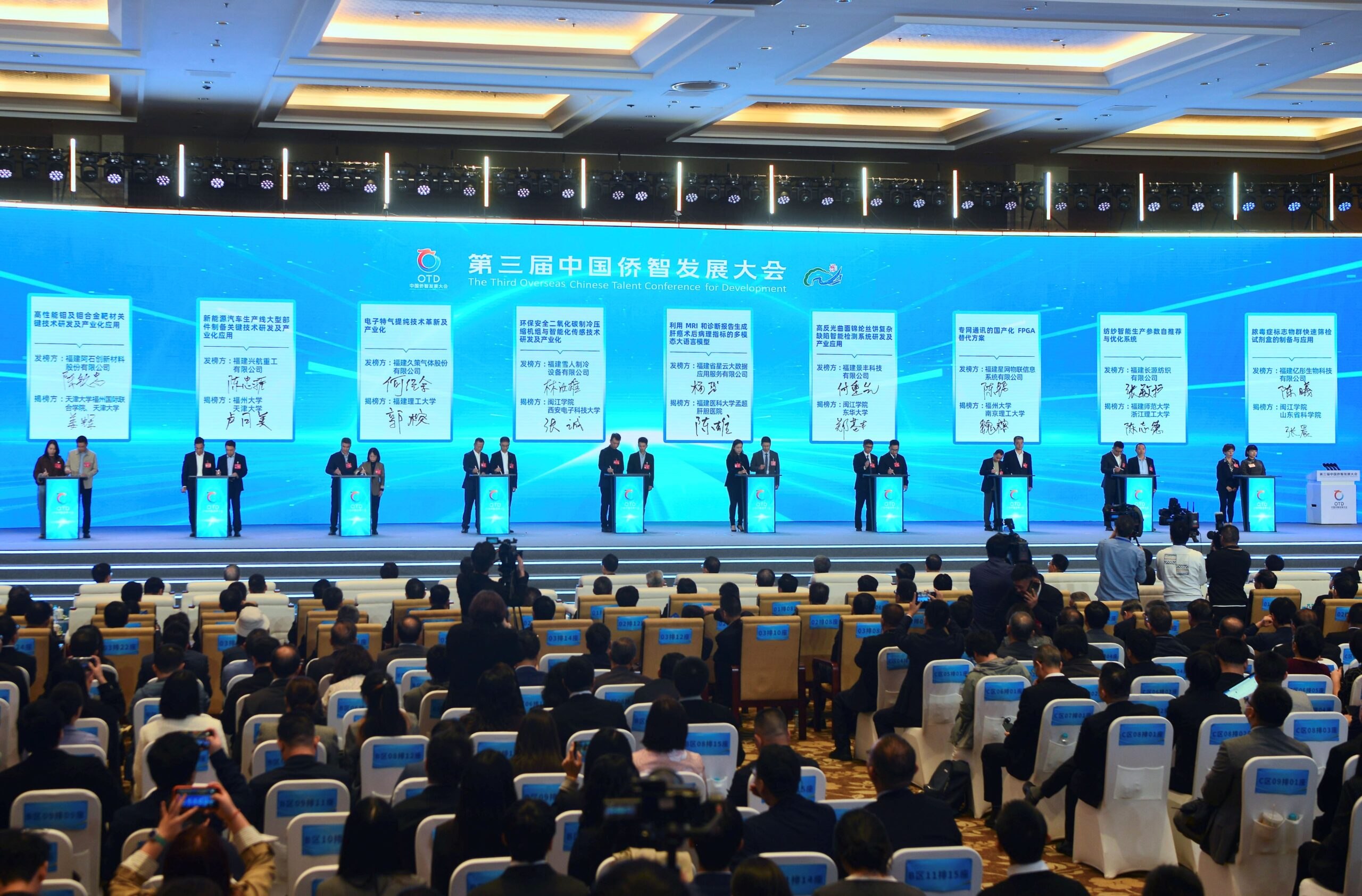China has seen the growth rate of anthropogenic emissions of nitrous oxide (N2O) level off and steadily decline since 2013, which is a great case to show China’s initiative in global climate governance.
Tackle N2O Emissions in Several Ways
“N2O is decisive for achieving our temperature goals,” Han Yinghui, associate professor at the University of Chinese Academy of Sciences, said. Han highlighted the importance of anthropogenic N2O emissions control at an event held at the Chinese pavilion on the sidelines of the 30th UN Climate Change Conference (COP30) in Brazil.
The Paris Agreement aims to keep global temperature rise this century below 2 ℃ above pre-industrial levels, with efforts to limit the increase to 1.5 ℃. Scientists increasingly agree that keeping global warming under 1.5 ℃ is essential to avoid severe and catastrophic impacts.
As the third most significant long-lived greenhouse gas, N2O has a global warming potential nearly 300 times that of CO2 and remains in the atmosphere for more than a century, Han said. Globally, most N2O emissions come from agriculture, but energy, waste, and industrial sources also contribute. While agriculture produces the largest share, industrial sources offer the greatest potential for reduction.
To reduce N2O emissions for cleaner air, China has widely adopted a technology called selective catalytic reduction, or SCR, in coal-fired power plants. The effort has resulted in 70 to 90 per cent mitigation in the emissions of coproduced N2O in the sector.
“This represents a unified technical strategy for reducing air pollutants and greenhouse gases, and shows China’s successful integration of climate goals into environmental management,” Han said.
To encourage reductions, China is incorporating N2O data from the nitric acid industry into its national carbon trading system and promoting N2O mitigation projects under the China Certified Emission Reduction program. Under CCER, companies can earn carbon credits by taking actions such as expanding renewable energy and planting forests.

China’s Efforts and Global Cooperation
The COP30 is being held in Belém, Brazil. According to Chinese Foreign Ministry Spokesperson Guo Jiakun, China actively participates in global climate governance and firmly supports Brazil in hosting the COP30.
Guo highlighted on November 12th that climate change bears on humanity’s shared future. “From the Global South to the Global North, from developing countries to developed countries, we are all passengers aboard the same ship. Cooperation and joint effort are the only right choice.”
He added, “China is among the countries with the fastest decline in energy intensity. Seventy per cent of wind power equipment and 80 per cent of photovoltaic components worldwide come from China, which enabled the cost reduction for global wind and photovoltaic power generation by over 60 and 80 per cent, respectively.”
What’s more, Li Gao, head of the Chinese delegation and vice minister of ecology and environment, briefed on China’s experience in developing a national carbon market during a side event at the China pavilion.
China’s emissions trading system (ETS) had expanded to include the steel, cement and aluminium industries since 2024, Li said, adding that cumulative trading volume had exceeded 770 million tonnes of carbon allowances, with a total value of over 51.8 billion yuan by the end of October 2025.
Written by Yetao Gu, additional reporting by Ecns and Global Times.
If you liked this article, why not read: East Meets West|Nicholas Stern: How can China and Europe strengthen cooperation on climate governance?











